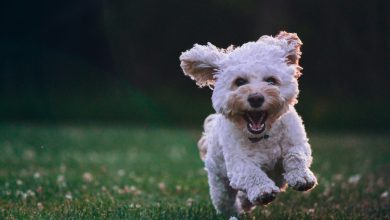How to Train a Dog to Stop Chewing on Everything
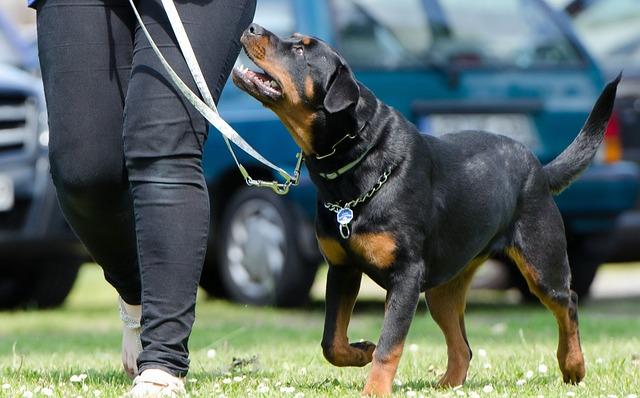
Chewing is a natural behavior for dogs, often driven by curiosity, teething, or the need to relieve stress. However, when this behavior extends to your favorite shoes or furniture, it can become a significant concern. Training a dog to stop chewing on everything requires patience, consistency, and understanding of the underlying causes. This article will guide you through effective strategies to redirect your dog’s chewing habits toward appropriate items, ensuring a harmonious living environment for both you and your canine companion. Whether you’re a first-time dog owner or seeking to address a persistent issue, these tips will help you foster a well-behaved pet while preserving your belongings.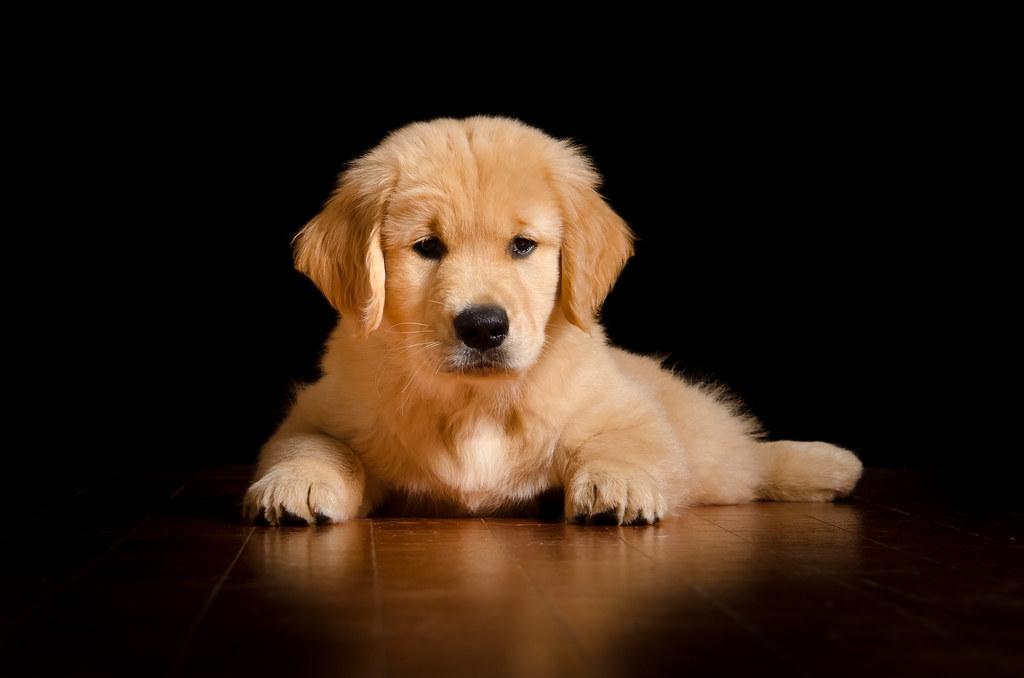
Understanding the Reasons Behind Your Dogs Chewing Behavior
Chewing is a natural behavior for dogs, often driven by various underlying causes that can range from boredom to teething. To effectively address this behavior, it’s crucial to identify the root cause. Some common reasons include:
- Teething: Puppies, much like human infants, chew to relieve the discomfort of new teeth emerging.
- Exploration: Dogs explore the world with their mouths. Chewing is one way they gather information about their surroundings.
- Anxiety or Stress: Dogs may chew as a coping mechanism for anxiety or stress, often caused by changes in their environment or routine.
- Lack of Exercise: Insufficient physical activity can lead to excess energy, which dogs might channel into destructive chewing.
Understanding these reasons can guide you in selecting the most effective training methods to curb inappropriate chewing. Addressing the underlying cause—be it through increased exercise, providing chew toys, or behavioral training—can significantly improve your dog’s habits.
Effective Techniques to Redirect Chewing Habits
To address your dog’s chewing behavior, it’s essential to provide them with acceptable alternatives and reinforce positive habits. Start by offering a variety of chew toys that cater to their chewing preferences, such as rubber toys, rope toys, or flavored bones. Monitor which types your dog enjoys most, and ensure these are always accessible. Additionally, it’s crucial to dog-proof your living space by keeping tempting items like shoes and remote controls out of reach. This minimizes opportunities for your dog to engage in undesirable chewing.
- Positive Reinforcement: Reward your dog with treats or praise when they choose to chew on their toys instead of household items.
- Training Commands: Use commands like “leave it” or “drop it” to redirect their focus from inappropriate objects to their designated chew items.
- Exercise and Mental Stimulation: Ensure your dog gets plenty of physical activity and mental challenges to reduce boredom-induced chewing.
By consistently applying these techniques, you can guide your dog towards more acceptable chewing habits, ultimately fostering a more harmonious home environment.
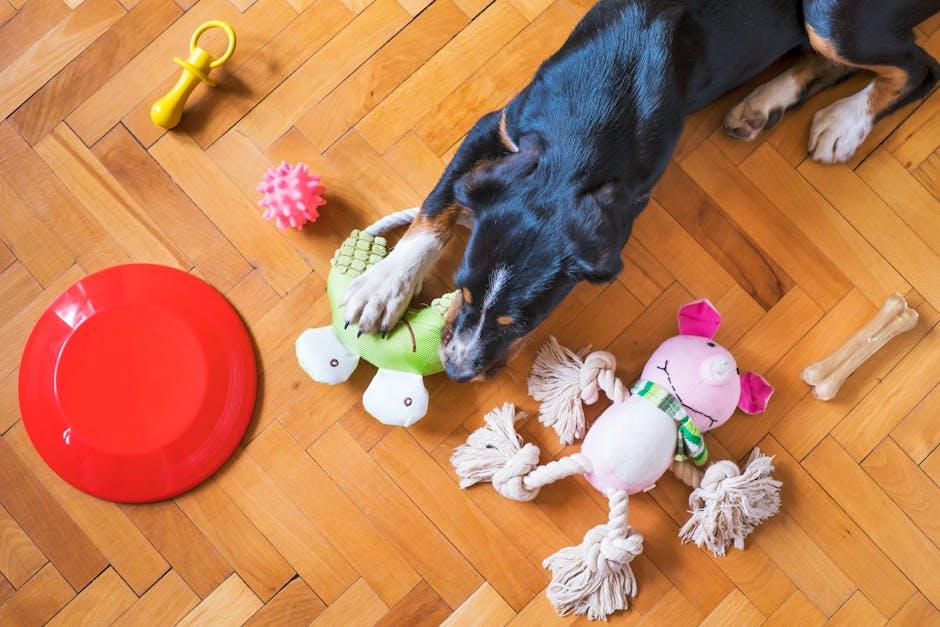
Choosing the Right Chew Toys and Alternatives
When tackling your dog’s chewing habits, selecting the right chew toys and alternatives is crucial for redirecting their behavior effectively. Start by considering your dog’s size, age, and chewing strength. Puppies may benefit from softer toys that soothe their teething discomfort, while adult dogs with stronger jaws require more durable options. Materials like natural rubber, nylon, and rope are excellent choices for withstanding vigorous chewing. Ensure the toys are appropriately sized to prevent any choking hazards.
Beyond traditional chew toys, explore other options to keep your dog’s interest piqued. Consider these alternatives:
- Interactive puzzle toys: Engage your dog’s mind and encourage problem-solving, which can reduce their need to chew out of boredom.
- Frozen treats: Stuff a rubber toy with peanut butter or yogurt and freeze it. This not only soothes teething puppies but also keeps adult dogs occupied for longer periods.
- DIY options: Repurpose old t-shirts or towels by knotting them into makeshift chew toys, or offer up a carrot for a healthy, crunchy snack.
Remember, the key is to rotate these options regularly to maintain your dog’s interest and prevent them from returning to destructive chewing habits.
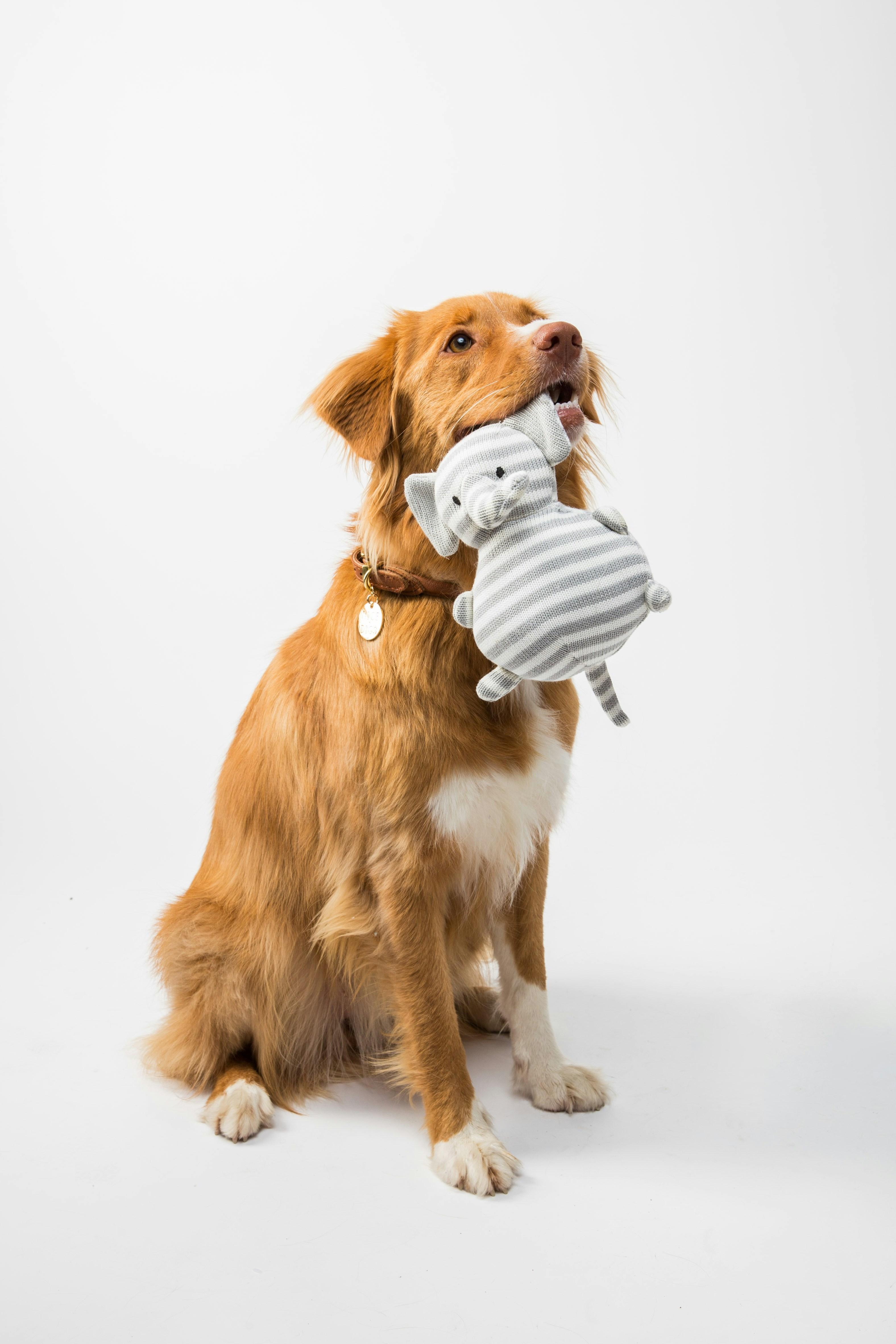
Consistent Training and Positive Reinforcement Strategies
When it comes to curbing your dog’s chewing habits, establishing a routine of consistent training and employing positive reinforcement can work wonders. Start by creating a daily schedule that includes dedicated training sessions. These sessions should be short but frequent, ensuring your dog doesn’t become overwhelmed. Consistency is key; make sure everyone in your household follows the same rules and uses the same commands. This unified approach helps your dog understand expectations and reinforces the learning process.
- Reward good behavior: Always have treats on hand to reward your dog when they choose a toy over furniture or shoes. Positive reinforcement encourages them to repeat these good choices.
- Redirect attention: If you catch your dog in the act of chewing something inappropriate, calmly redirect them to an acceptable chew toy. Praise them when they engage with it.
- Use verbal cues: Implement a simple command like “leave it” or “no chew” to interrupt undesirable behavior. Consistently pairing this with positive reinforcement will help them understand and comply over time.
By maintaining a consistent training routine and applying positive reinforcement, you’ll be guiding your furry friend towards better habits while strengthening your bond with them. Remember, patience and perseverance are your best tools in this journey.


